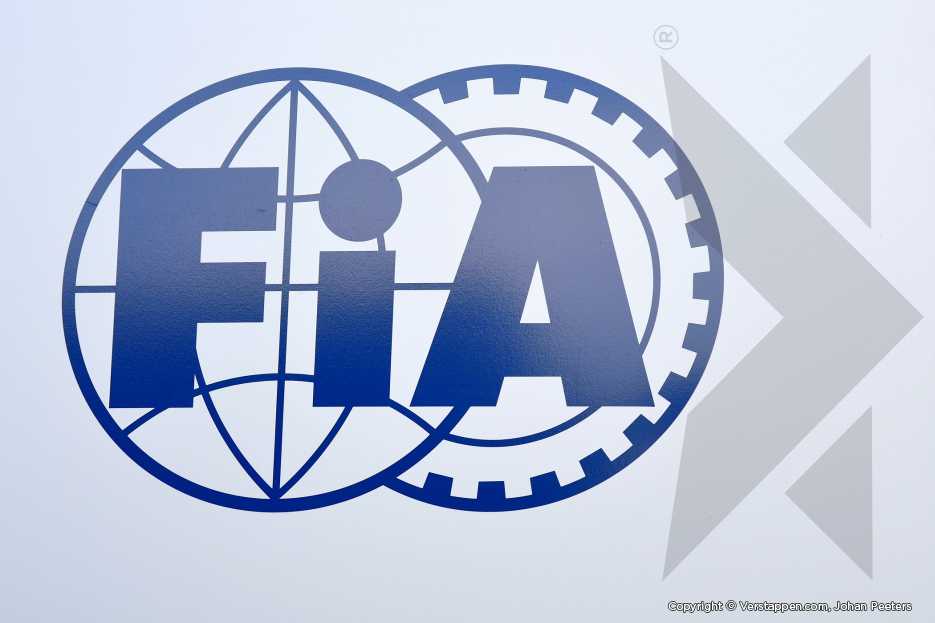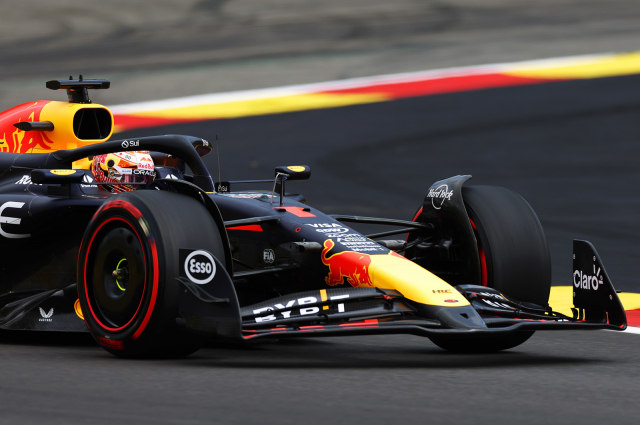FIA approves 2026 power unit regulations
Published on 17 August 2022 by Stefan Meens
The FIA World Motor Sport Council has approved the power unit regulations for the 2026 season, In addition, the WMSC also confirmed changes to the 2022 and 2023 Technical Regulations, designed to address both the issue of aerodynamic porpoising and of safety standards for roll hoops.
The 2026 power unit will have similar performance to the current designs, utilising the V6 internal combustion engines but with increased electrical power (up to 50%) and 100% sustainable fuels. In contrast to the current power units, the Motor Generator Unit Heat, or MGU-H, will be removed, whilst the power output on the power units’ Energy Recovery Systems will be increased to 350 kilowatts.
FIA-president Mohammed Ben Sulayem said: “The FIA continues to push forward on innovation and sustainability – across our entire motor sport portfolio – the 2026 Formula 1 Power Unit Regulations are the most high-profile example of that mission. The introduction of advanced PU technology along with synthetic sustainable fuels aligns with our objective of delivering benefits for road car users and meeting our objective of net zero carbon by 2030. Formula 1 is currently enjoying immense growth and we are confident these regulations will build on the excitement our 2022 changes have produced.”
Regarding the 2023 Technical Regulations, the FIA announced the following changes to combat porpoising:
- The floor edges will be raised by 15mm
- The diffuser throat height will be raised
- The diffuser edge stiffness will be increased
- An additional sensor will be mandated to monitor the porpoising phenomenon more effectively
Following Zhou Guanyu’s heavy crash at this year’s British Grand Prix, the WMSC also upped the safety standards for role hoops by announcing that from 2023 onwards:
- A rounded top will now be required on the roll hoop, which will reduce the chance of it digging into the ground during an accident
- A change will be made to ensure a minimum height for the point of application of the homologation test
- There will be a new physical homologation test where the load pushes the roll hoop in the forward direction
- There will be a definition of new tests, to be carried out by calculation



